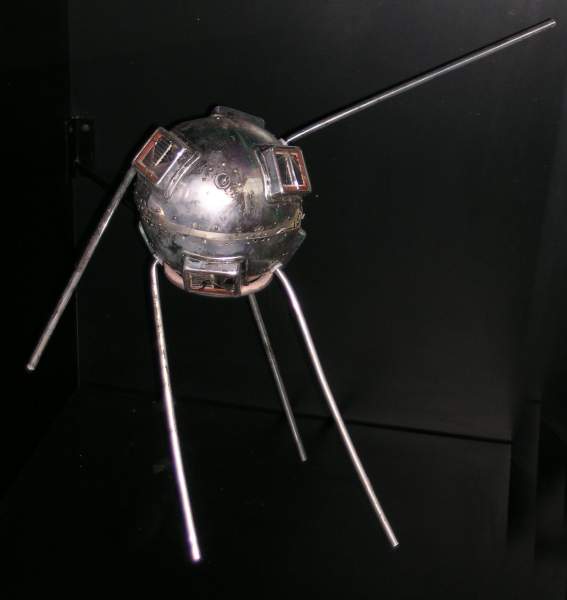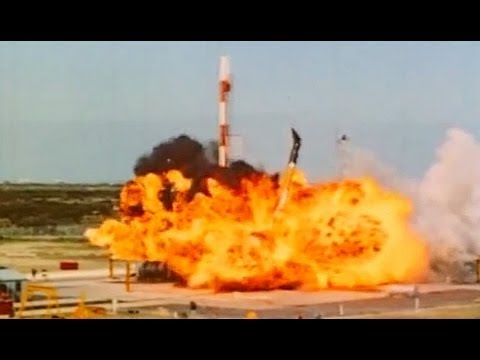Throughout 1957, both the United States and the Soviet Union were preparing to orbit a satellite as part of the International Geophysical Year (IGY), a program led by scientists around the world to study the Earth and space. In the US, there were two separate efforts to try to achieve this goal. The first, led by the National Academy of Sciences, used the Vanguard, a three-stage rocket developed by the Naval Research Laboratory, and given priority by the Eisenhower Administration which preferred a civilian-led effort to orbit America’s first satellite. The second, a joint US Army Ballistic Missile Agency (ABMA)-Jet Propulsion Laboratory (JPL) project, used a modified Redstone missile called the Jupiter-C. However, on October 4, the US and the world were stunned by the Soviet Union’s launch of Sputnik, the world’s first artificial satellite, followed a month later by Sputnik 2 carrying a dog.
The US accelerated both programs and first attempted to launch a tiny 6-inch 3-pound satellite on a test flight. On December 6, the Vanguard Test Vehicle 3 (TV3) rose about 4 feet into the air, but the main engine lost thrust and the rocket fell back onto the pad, exploding in a huge fireball. The press called the failed attempt “Flopnik” and “Kaputnik,” in reference to its successful Soviet counterpart. The Vanguard satellite was thrown free of the explosion and recovered, although because of the damage it could not be repaired for another launch attempt. It is currently on display at the Smithsonian Institution’s National Air and Space Museum in Washington, DC.
The Vanguard launch failure and the inefficiency of different organizations competing for scarce resources to develop space capabilities contributed to the US government establishing a single civilian space agency, the National Aeronautics and Space Administration, in 1958. The Vanguard program eventually achieved success on March 17, placing Vanguard 1, essentially identical to its hapless predecessor, into orbit. Contributing to the IGY, Vanguard 1, the first solar-powered satellite, determined that the Earth is not a perfect sphere but is somewhat asymmetrical in what has been described as pear-shaped. Although contact with it was lost in 1964, Vanguard 1 remains the oldest artificial satellite in Earth orbit.
For more on space history, see https://www.jsc.nasa.gov/history/




























